Winter shrimp requires high technology, takes longer, and has high initial investment costs, but is very favorable in terms of output and brings high economic efficiency. However, due to the damage caused by storm No. 3, this year's winter shrimp crop has many differences compared to previous years, with a smaller farming area and an early harvest.
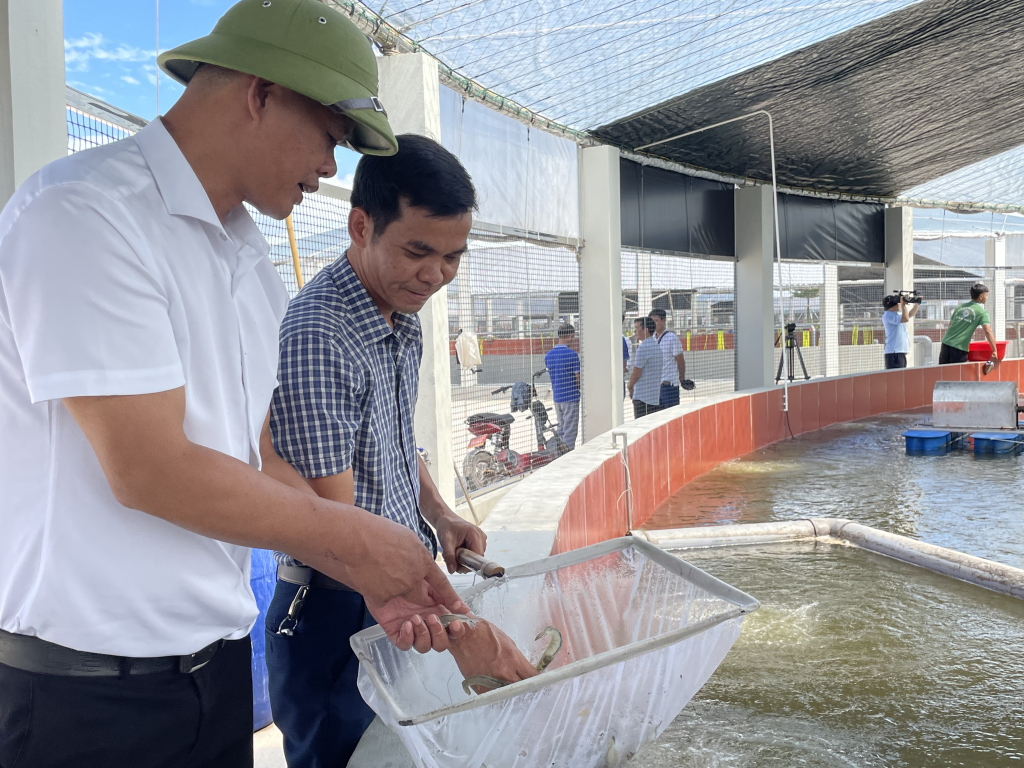
With a closed farming process, along with a greenhouse system and automatic equipment to control the environment, humidity, and water source, for many years, Cam Pha High-Tech Shrimp Farming Cooperative has had a revenue of about 60-80 billion VND/year. However, due to the impact of storm No. 3, many tents, support columns, and farming tanks were damaged, and the Cooperative had to sell dozens of tons of white-leg shrimp at a low price because it could not ensure production conditions.
Determined to restore production as soon as possible, the cooperative has tried to focus human and material resources to restore infrastructure and clean ponds before releasing shrimp larvae. Of the 12 shrimp ponds, 6 were not affected, so the cooperative continued to raise the remaining 6 million shrimp, selling them to the market with a stable output of 35-40 tons 20 days after the storm.
To meet the winter shrimp output, taking advantage of favorable weather conditions, in addition to focusing on restoring facilities, the cooperative is also actively restocking and restoring production. Currently, the cooperative has completed the installation of canvas houses for 4 ponds damaged by the storm, and at the same time, prioritized the release of shrimp in stages 1-2 from 1,500 shrimp/kg to 200 shrimp/kg. The remaining ponds will release shrimp at mature stages, ensuring the supply to the market of 40-45 tons of shrimp/month with a size of 30-35 shrimp/kg.
Director of Cam Pha High-Tech Shrimp Farming Cooperative Dang Ba Manh said: Despite heavy damage to facilities, we have quickly restored, restocked, and stabilized production to meet market demand. Currently, shrimp output is very stable, with traders purchasing on the spot, saving costs for farmers. In addition, shrimp prices are high at around 280,000 VND/kg, so despite low output, profits are still high.
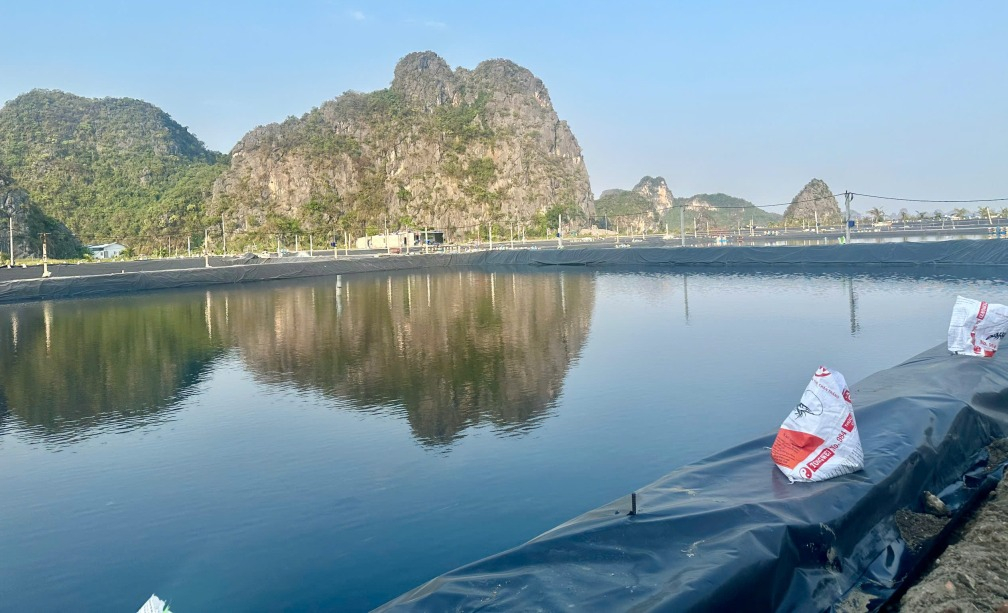
October is the time when producers, cooperatives and enterprises in the province start releasing shrimp seeds for the winter crop. However, most of the producers, cooperatives and shrimp farming enterprises suffered heavy damage to their facilities due to storm No. 3. Therefore, producers, cooperatives and enterprises are focusing on repairing their facilities and releasing shrimp seeds early for the winter crop to restore production, stabilize business and meet market demand.
Mr. Bui Huy Tung, Deputy Director of Nhat Long Joint Stock Company (Ha Long City) shared: Immediately after storm No. 3, the unit focused on human resources, equipment, and machinery to repair the facilities of 60 shrimp ponds. Taking advantage of the warm weather conditions, ensuring to meet market demand, stabilizing production, the unit released shrimp to where it was repaired. Currently, the unit's ponds have basically been stocked with shrimp.
For localities less affected by storm No. 3, to maintain the growth value of aquatic products and promote the advantages of key farming species, people have proactively focused on planning, renovating ponds, and ensuring conditions for releasing winter-season seeds on time.
Mr. Luc Quoc Dai, Vice Chairman of Hai Lang Commune People's Committee (Tien Yen District) said: Hai Lang Commune is the locality with the largest shrimp farming area in Tien Yen District. Therefore, the commune has coordinated with units to strengthen support for people to restore production, regularly collect water and shrimp samples to check for diseases, and regulate water to ensure farming. At the same time, provide training on pond sanitation, shrimp care, and cold prevention for livestock. Starting from October, households have released shrimp seeds for the winter crop. Currently, this year's winter shrimp crop in the commune has 60 households raising shrimp on a farming area of 35 hectares with a shrimp seed output of 8 million, an increase of 10% compared to last year.
With the determination to restore production, efforts to stabilize business, effective exploitation of science and technology, favorable output, and high selling prices, it is hoped that the value of this year's winter shrimp crop in the province will still ensure growth.
Source






![[Photo] Visiting Cu Chi Tunnels - a heroic underground feat](https://vstatic.vietnam.vn/vietnam/resource/IMAGE/2025/4/8/06cb489403514b878768dd7262daba0b)



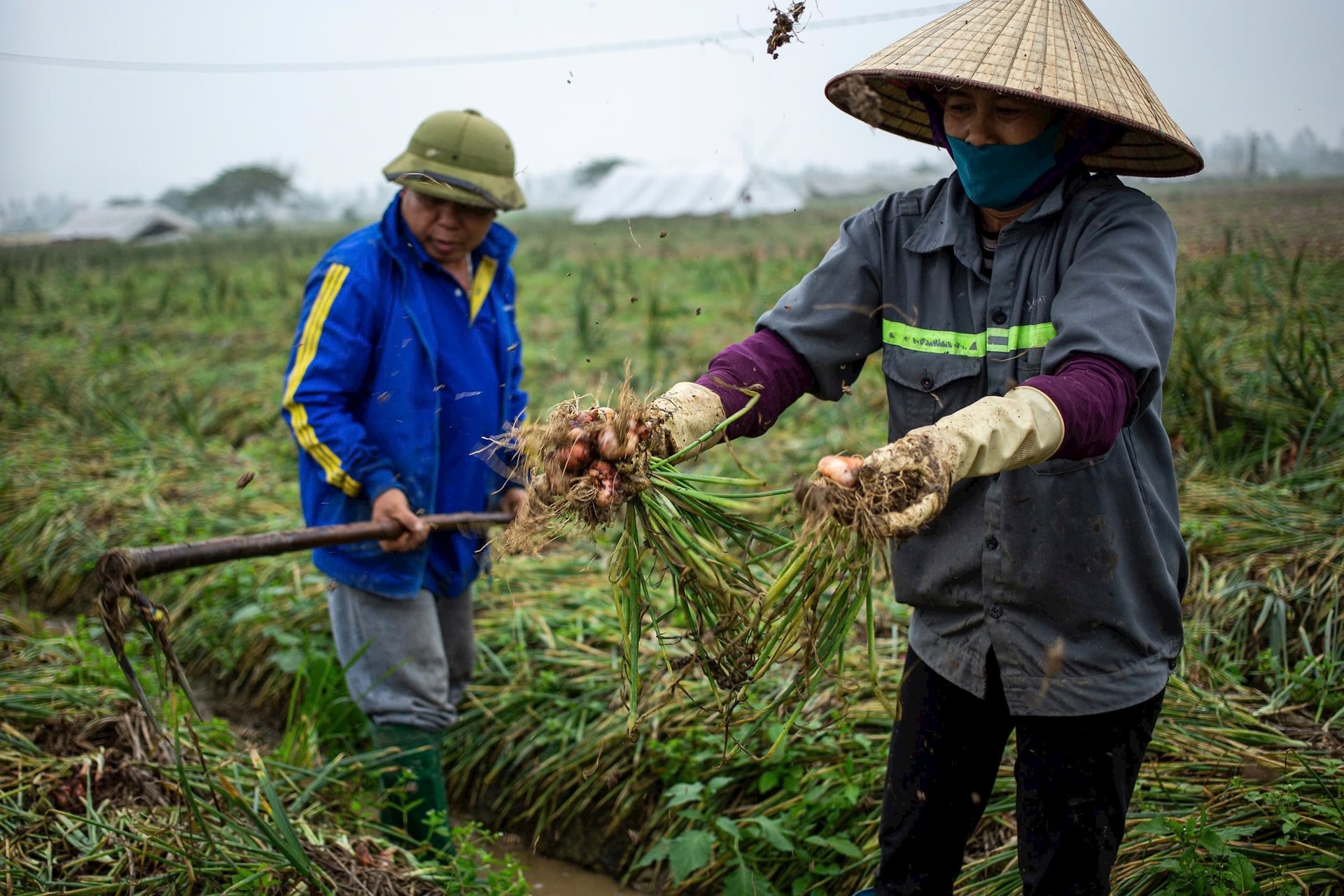
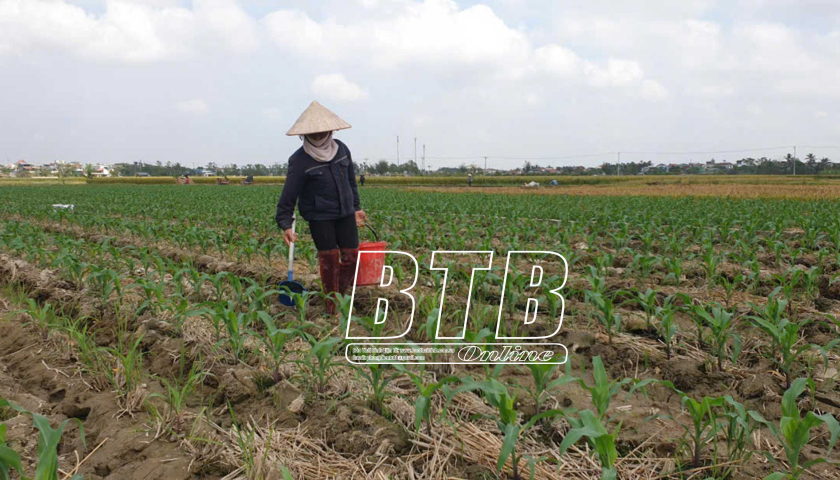
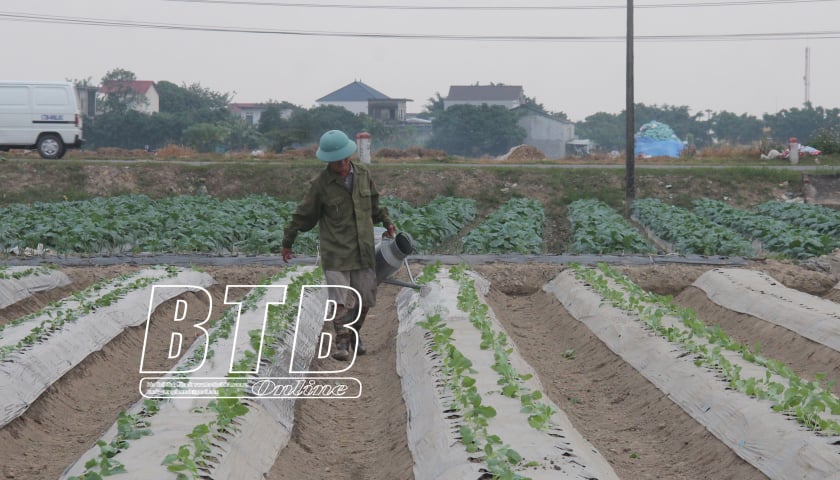





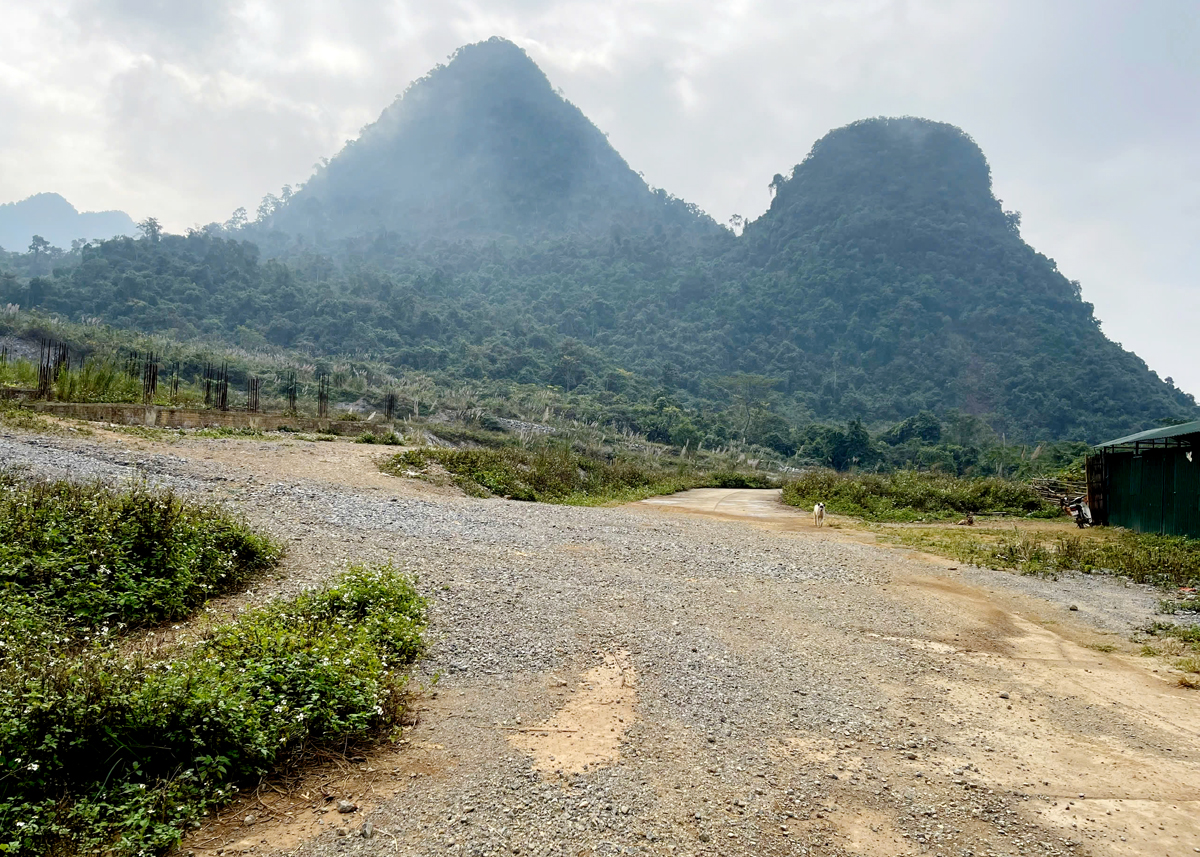
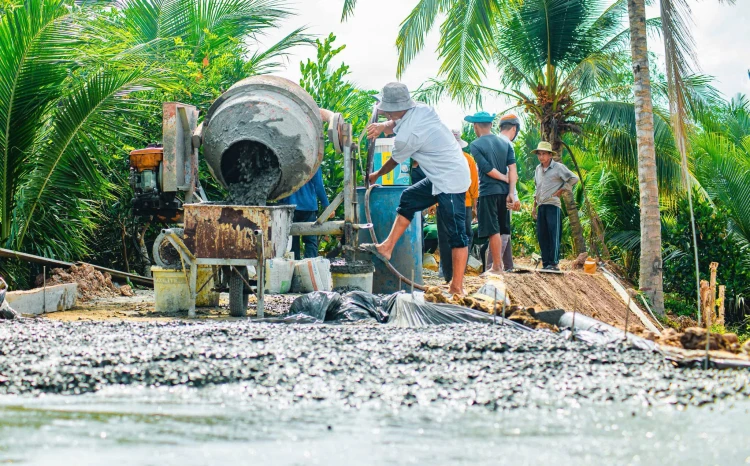




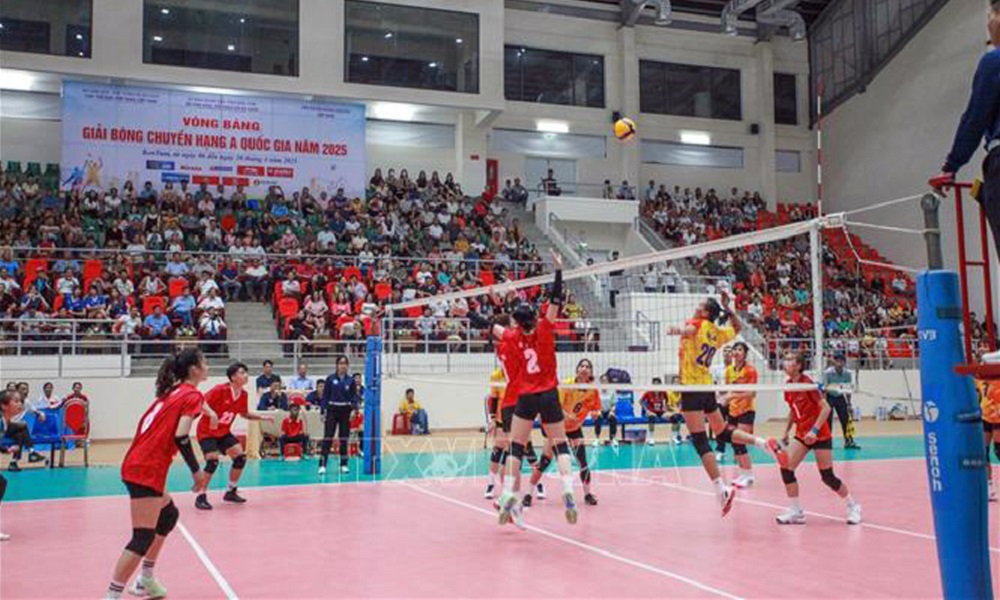



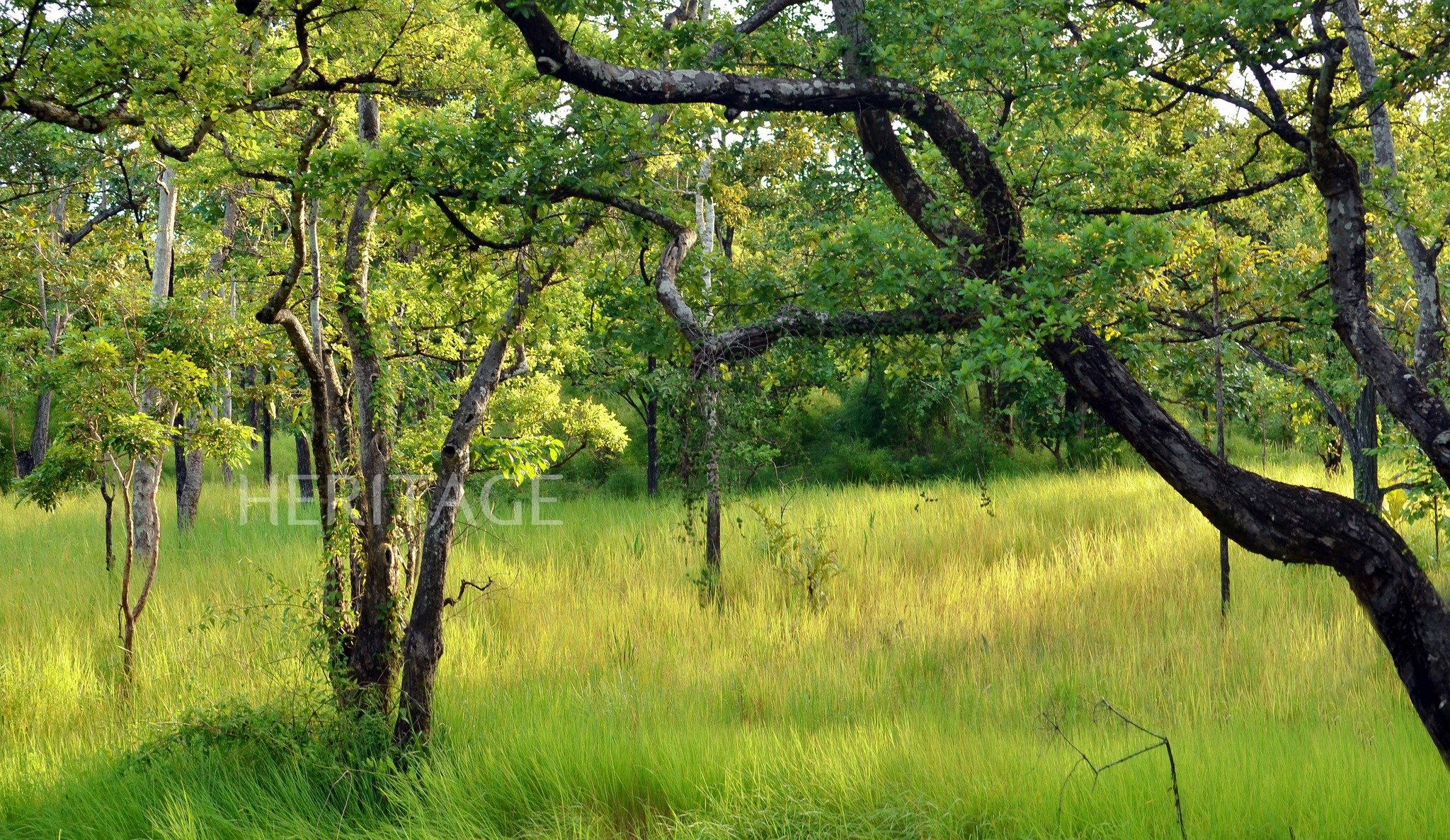



























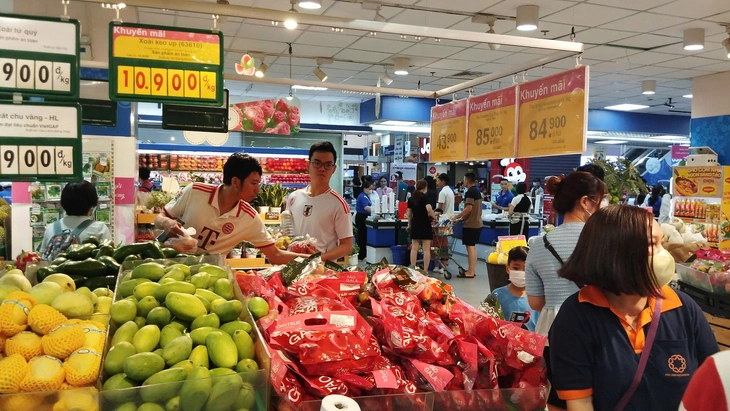
























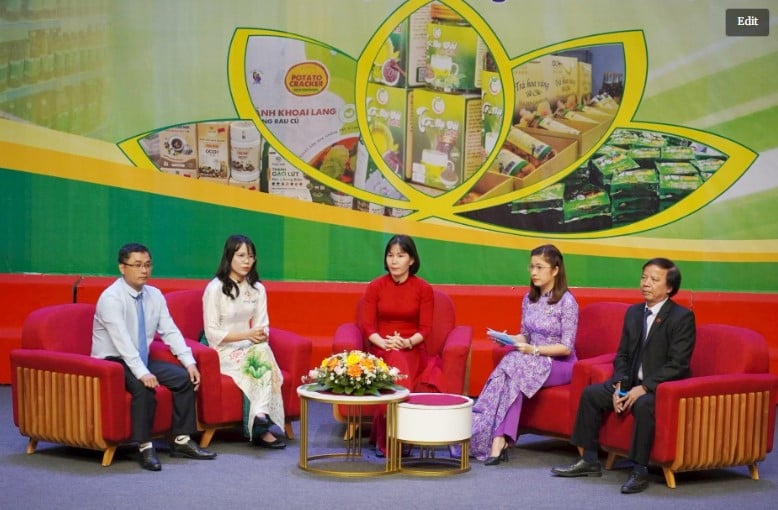

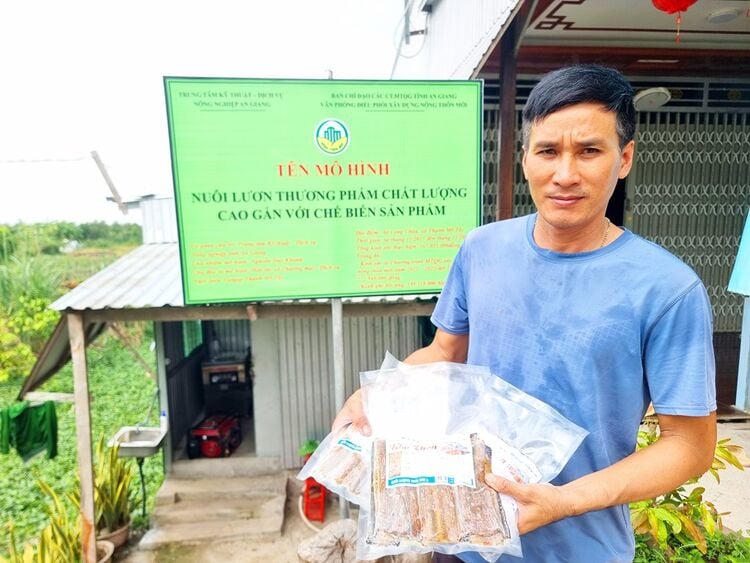
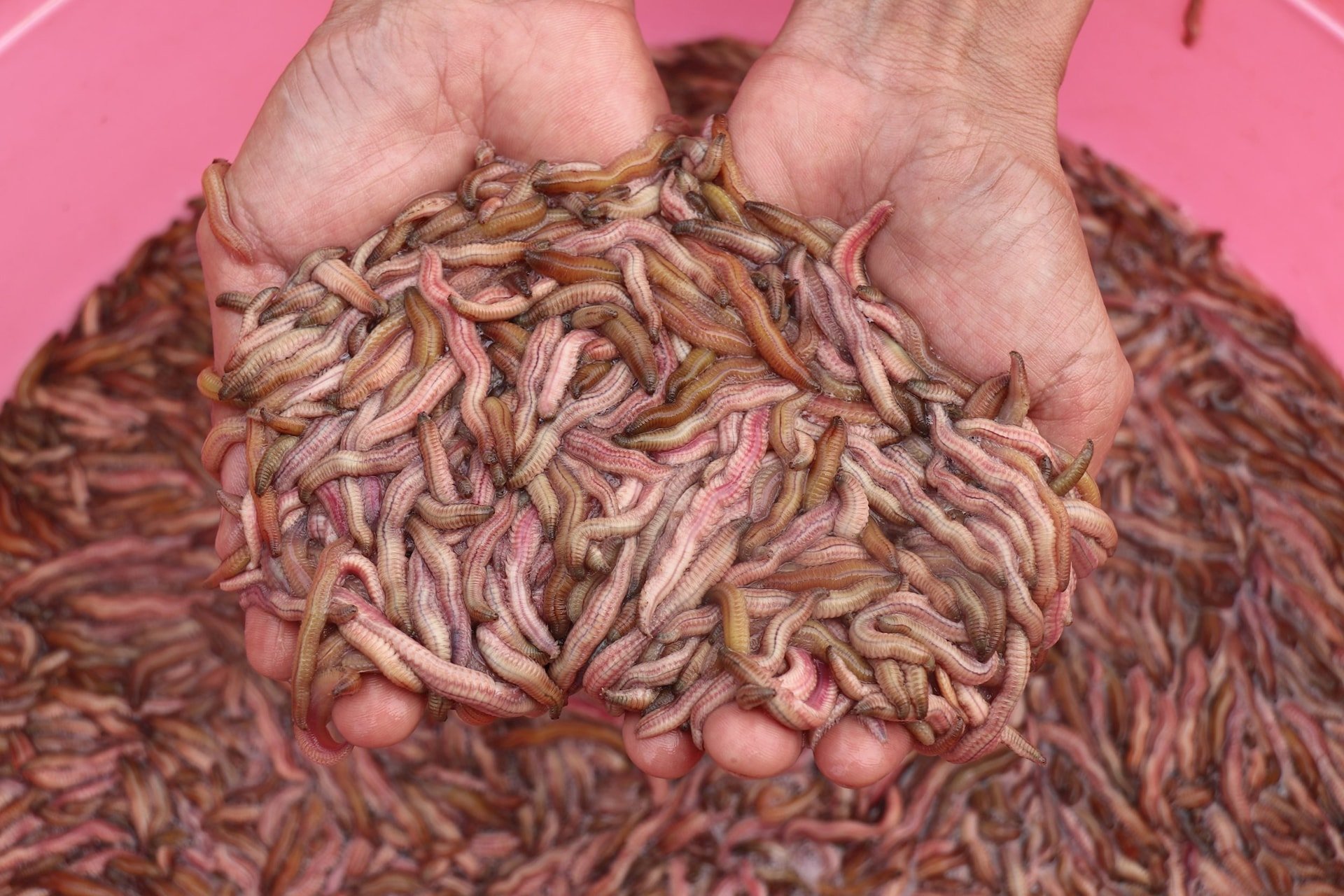
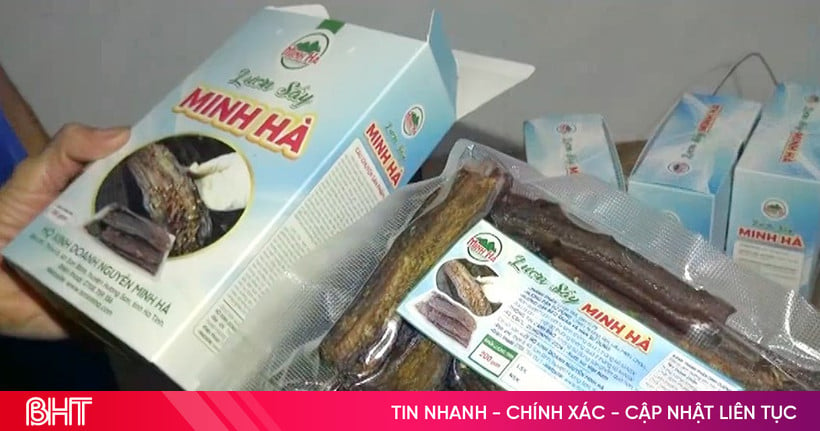

Comment (0)